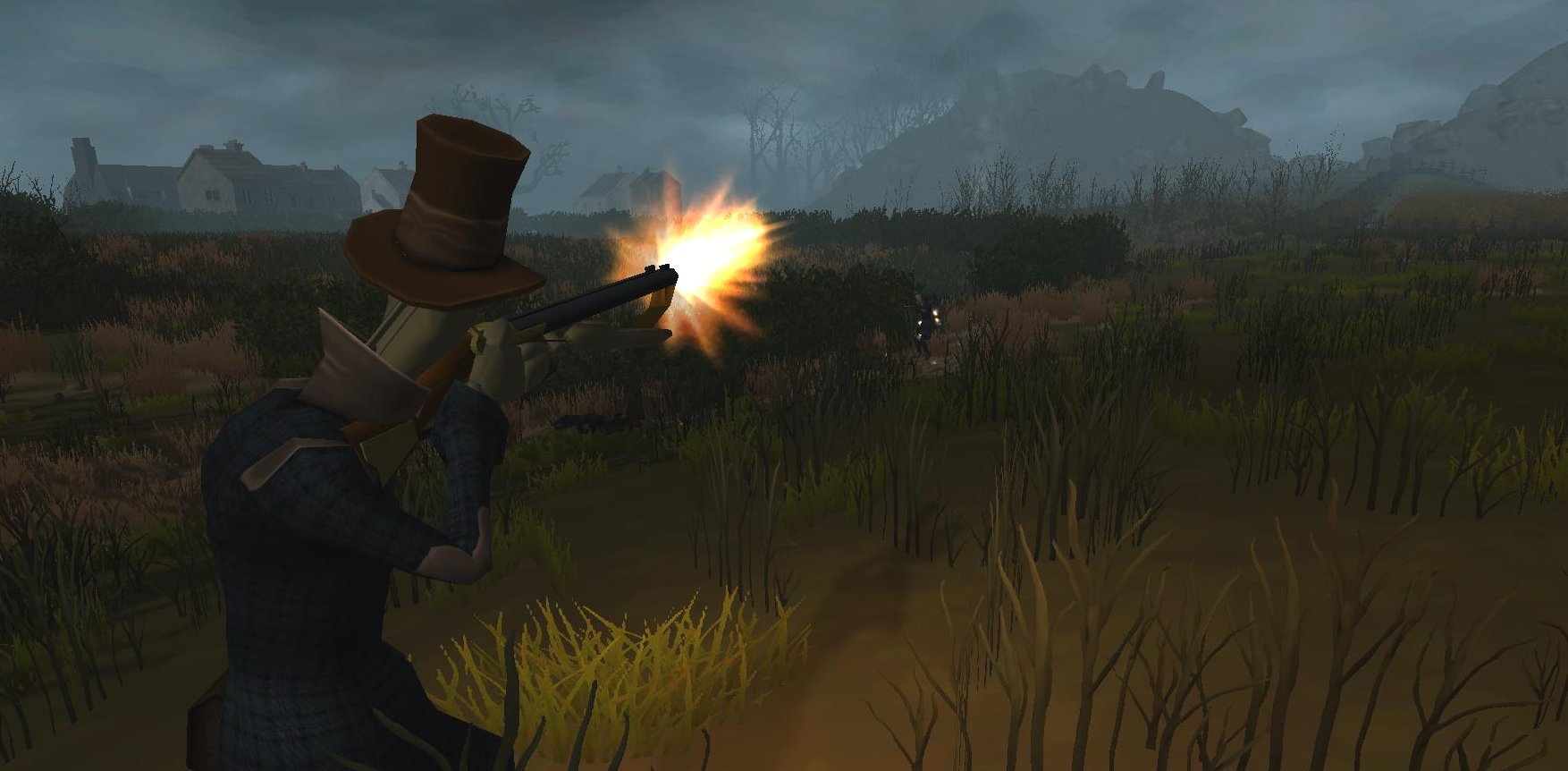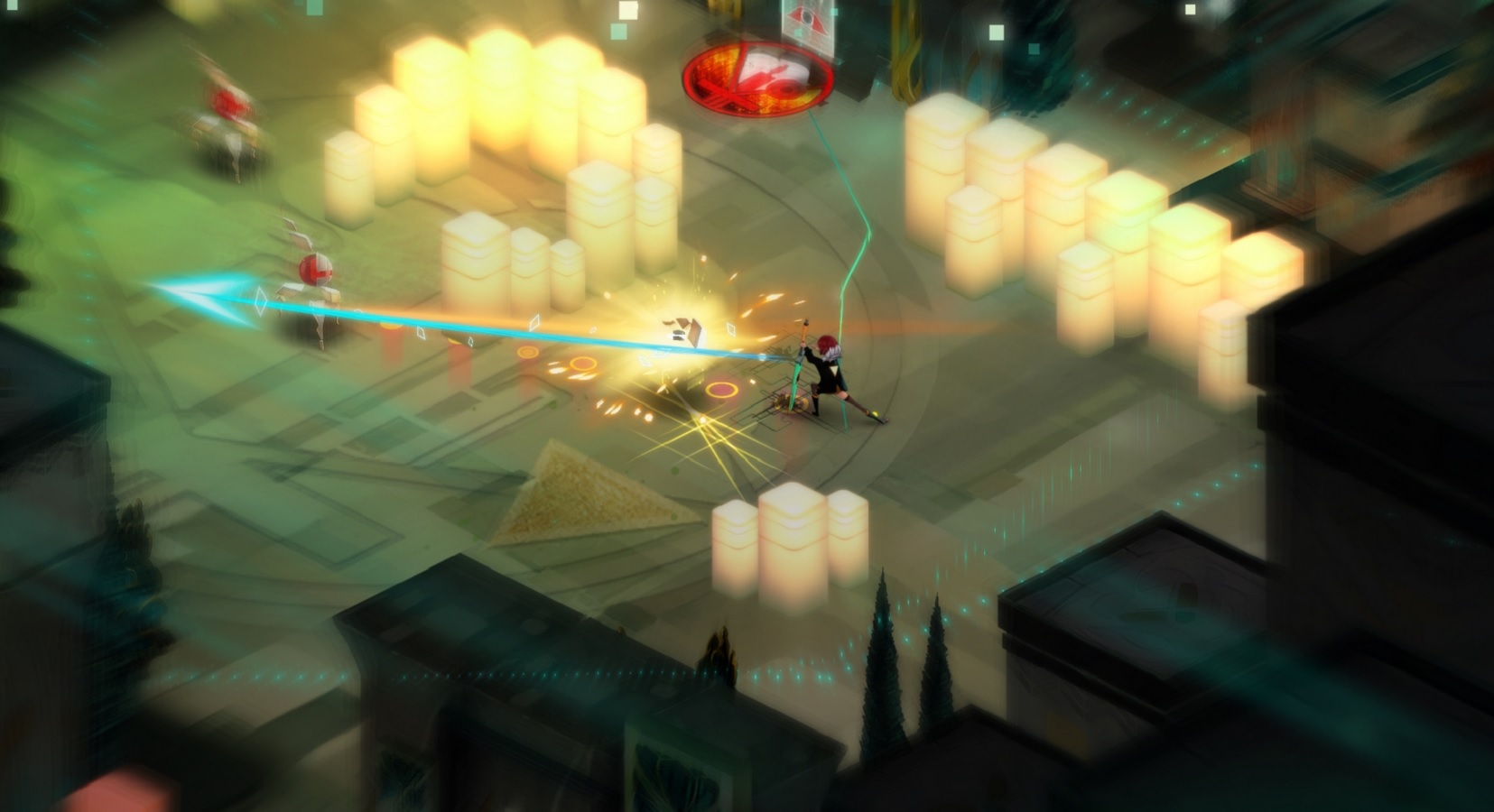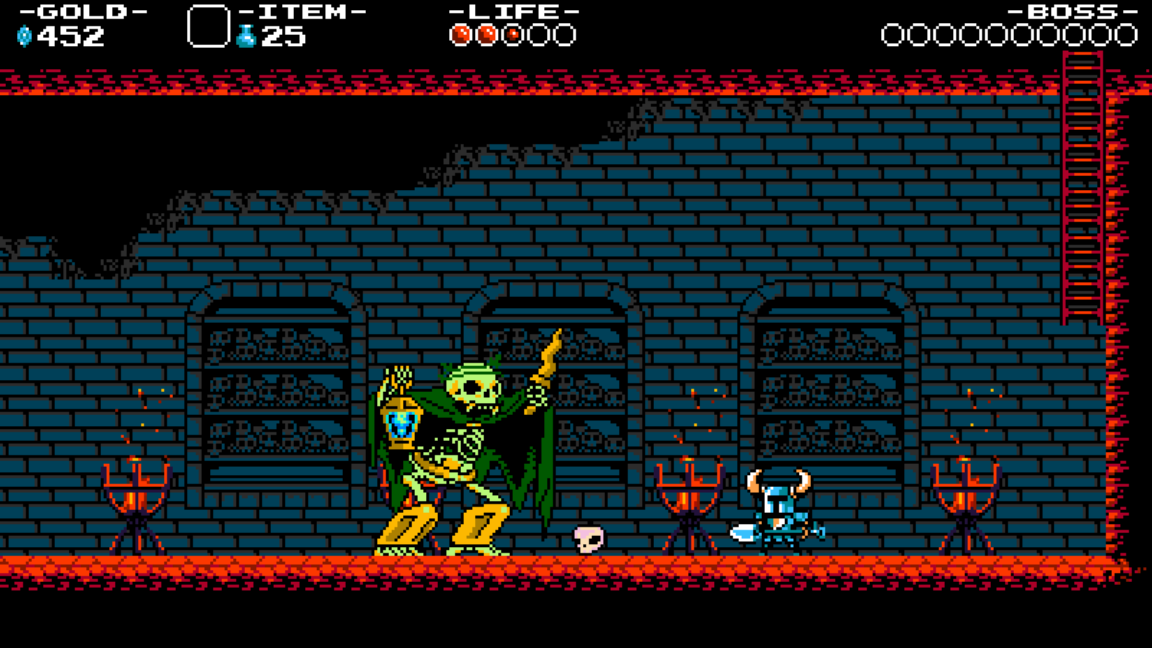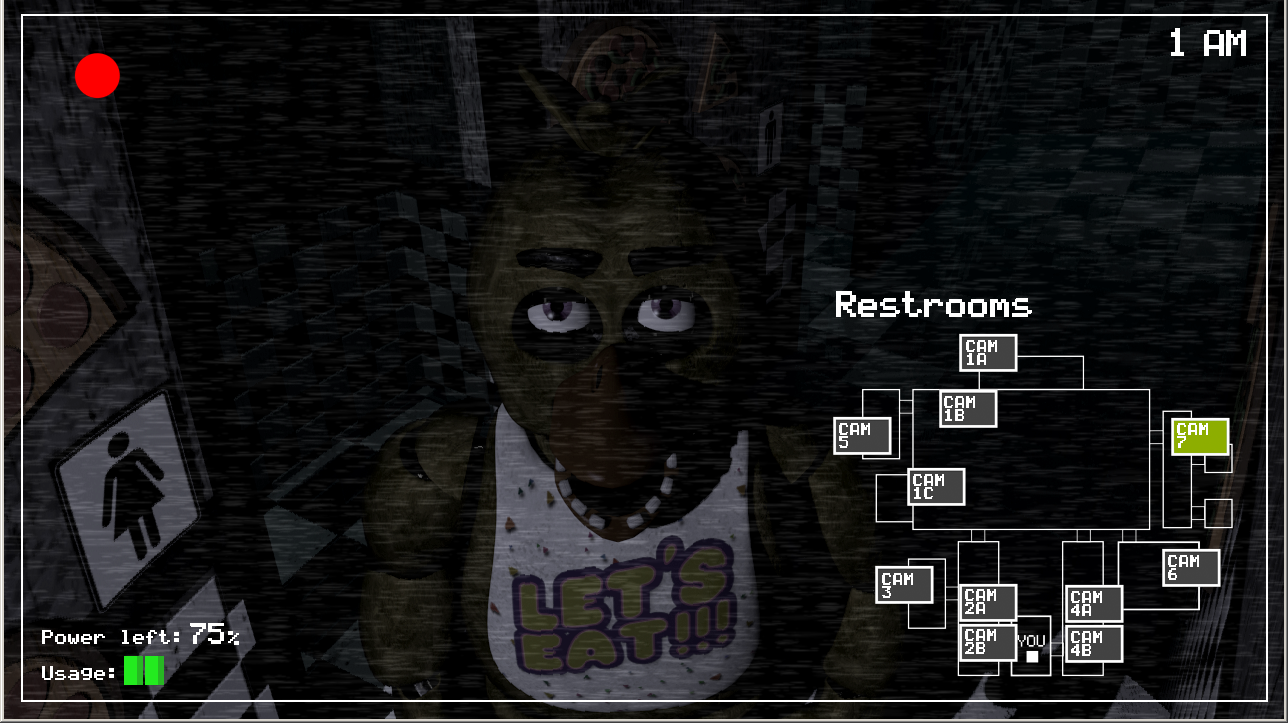Sir, You Are Being Hunted
Developer: Big Robot
Platforms: PC, iOS, Linux
Release Date: May 1, 2014
Survival and wide open spaces aren’t often a good combination. Sir, You Are Being Hunted is well aware of this, but nevertheless dumps you on a massive island as a group of robotic Victorian gentleman track you down. As their prey, you must remain hidden in any way possible, crafting survival materials out of anything you can scrounge in nearby villages or landmarks. Combat is possible, but you will never be on equal footing with an immortal, armed machine. Your only hope is to escape the island entirely.
Aside from the perverse politeness of the title and your well-dressed predators, the chief joy of Sir, You Are Being Hunted is the procedurally-generated island. Every hunt is different, and each survival is uniquely earned. If you aren’t quick enough trying to reach one of the rune stones that will help you escape, the defense perimeter of Gentleman-bots makes your life even harder. And that’s without them launching the patrol-balloons or hound dogs. It’s an off-putting but charming take on the singularity where robots have evolved beyond humans but not so far beyond that they wouldn’t say no to a nice man-skin rug in front of the fireplace.
Transistor
Developer/Publisher: Supergiant Games
Platforms: PC, PlayStation 4, Mac, Linux
Release Date: May 20, 2014 (PC, PS4)
Supergiant Games is on a roll. Like Bastion before it, Transistor is a vibrant, enthralling little game of smart ideas and beautiful design. The electric-steampunk world of Cloudbank has a strong identity, making many players eager to hunt down any scrap of information they can about its inhabitants. The presence of your talking sword narrator proved oddly soothing as well.
But Transistor ultimately defined itself through rewarding combat. The isometric battles that defined the game were challenging in more than just basic difficulty. Fallen enemies dropped equippable attacks and powers known as Functions, and these could be maxed out in order to both increase their effects and unlock optional side plots. The discovery of these side narratives was one of Transistor’s best features and often eclipsed the main story.
And it almost goes without saying, but few scores released this year that can match Transistor’s self-described “Old-world Electronic Post-rock.”
Shovel Knight
Developer: Yacht Club Games
Platforms: Wii U, 3DS, PC, Mac, Linux
Release Date: June 26, 2014 (PC, 3DS, Wii U)
Throwbacks don’t usually get it as right as Shovel Knight did. What made Shovel Knight stand out among the constant pandering to gaming’s days long past was its measured affection for the gameplay design of that era. The dungeon-crawling platformer hit all of the nostalgic notes for the fans of the NES era, parallax screen scrolling and 8-bit inspired artwork. But it also countered for some of that age’s shortcomings, allowing for players to branch out beyond the NES-style, two-button control scheme when it suited them.
About the only thing Shovel Knight didn’t loosen up for today’s players was that old school difficulty. The challenge came strictly from timing and reflexes. From learning the patterns of your enemies, and getting into that rare groove of perfect platform jumps. Shovel Knight didn’t just look the part, it made you feel like you were back in the ’90s, getting through a few levels with a bowl of cereal in your lap.
Five Nights at Freddy’s
Developer: Scott Cawthorn
Platforms: PC, Android, iOS
Release Date: August 8, 2014 (PC)
Similar to Goat Simulator, Five Nights at Freddy’s was a game that made up for its flaws by developing a Let’s Play-based fandom that permeated throughout the Internet. In the case of this survival point-and-clicker, you play as a new night guardsman at a Chuck-E-Cheese’s-style family pizzeria. The animatronic characters move around at night and, due to a programming flaw, will fatally stuff you into a servo-filled mascot suit if they get into your office. In order to stop them or slow them down, you have to focus on their place within the restaurant through the security cameras and close your security doors should they get too close.
When you play by yourself – in the dark or not – Five Nights at Freddy’s isn’t that scary. The game is primarily a collection of jump scare payoffs to an audio drama of footsteps and slowed-down children’s laughter. The only time you tend to see someone frightened by the game are the Youtubers using it as an excuse to ham it up for the camera. But the forumites and creepy-pasta (or “Internet urban legend”) enthusiasts took it upon themselves to make the game creepy and developed around it a thriving community telling itself the ghost stories of Freddy Fazbear’s Pizza.
To its credit, the vague nature of Five Nights at Freddy’s lends itself to a lot of spooky speculation. For those that take the time to look for it, the background details and “secret” character at Freddy’s paint a much more disturbing picture than just some animatronics on the fritz. Dozens of intrepid forum-goers and Youtube channels are happily filling in the gaps of the game’s story with often meticulous research. It’s this community that has kept Five Nights at Freddy’s so prominently in the spotlight, even going so far as to support an early access sequel mere months after the first game launched.
The scariest thing about the Five Nights at Freddy’s community is all the porn about the duck animatronic, though.
Mountain
Developer: David O’Reilly
Platforms: PC, iOS, Android
Release Date: August 18, 2014 (PC)
Here is the latest challenge to what can be considered a “real game.” Like Gone Home and Dear Esther before it, Mountain isn’t too concerned with providing the player a set of graded challenges on their way to a defined goal. Described by its developer as a “relax-em-up” and “Mountain simulator”, you are playing as an immovable bit of the earth’s raised surface. Over the hours, the weather will change and things will land on you, but constant interaction with this game is limited.
Defining the experience of Mountain may well be going against the developer’s intentions, but there are hints that point to the game being part of an evolving genre known as “unfolding games.” These experiences gamify the idea of waiting, giving just enough of an action for the player to grow curious as to what happens next. And Mountain does reward your curiosity, with odd objects like toilets or massive deer getting lodged all over your surface hours after you booted the game up.
Whether you hate it or are intrigued by it, Mountain is yet another step in challenging the traditional design structure and purpose of video games. Not that your character cares what you think. It’s a mountain.






